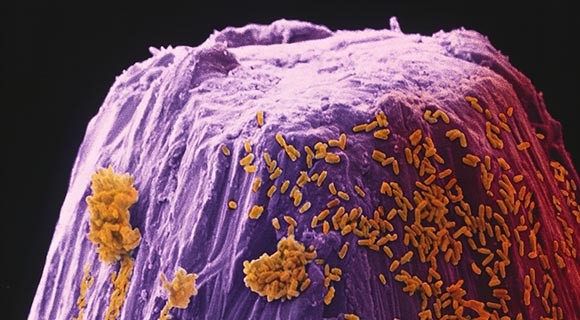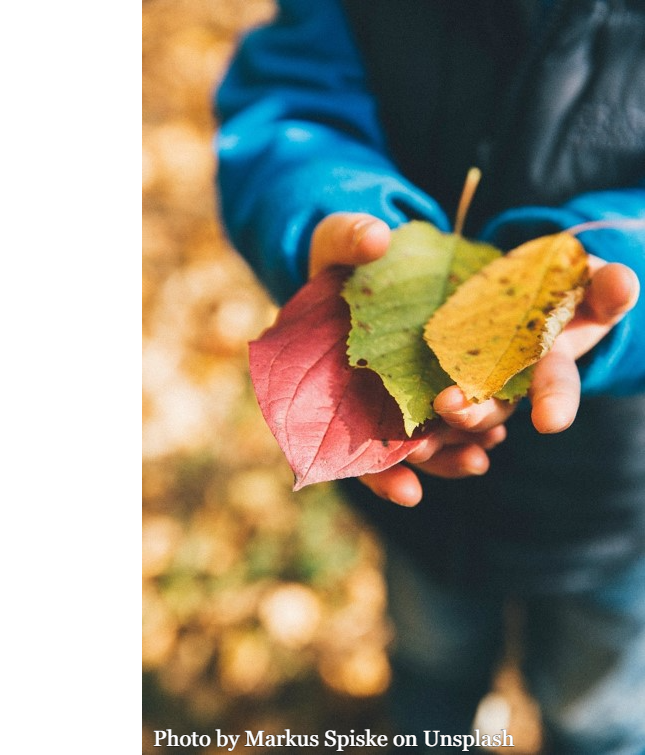Visualizing the invisible: class excursions to ignite children’s enthusiasm for microbes
Microbes are all around us, doing things that help the planet, such as eating pollutants and recycling nutrients to help plants grow bigger and better. Microbial fermentation can even improve the quality and shelf-life of food, from kimchi to chocolate. Microbes can be fed with renewable resources and grown in tanks the size of a swimming pool to produce valuable products like biofuels and biodegradable plastics. Microbes are also inside and on our bodies (we have as many microbial cells as we do human cells), and, while occasionally they may lead to disease, our personal microbiome keeps us healthy.
In summary, microbial activities are central to solving global problems, such as pollution, food and fuel insecurity and climate change.
However, we rarely see microbes directly, and so it can be difficult to appreciate how much they help us. So, here are a few ways in which you can visualize the invisible and start to explore the microbes that are all around us.
For a more detailed account of how we can explore microbes via school excursions, including the educational benefits and some tips for teachers running excursions, please see: https://doi.org/10.1111/1751-7915.13576

One-thousandth of a millimetre
DID YOU KNOW?
A single bacteria can fit more than a million times on the tip of a needle.
The non-sterilized tip of a needle, seeded with bacteria.
(https://www.micropia.nl/dossiercontent/microworld/en/1/?ph=1)
Food (good to start with this, as it’s very relatable, and can be explored in the home, shopping, cooking)
e.g. components of a pizza and components of chosen Indian food that incorporates fermented products, with related pictures.
Microbial foods – likely to captivate children
Growing food (agriculture etc.)
Agriculture etc. – perhaps microbial nutrient acquisition and exchange should be highlighted, as 1) N2 fixation is often taught in schools (and fertiliser expense/shortage is topical) and we can introduce and show a nice picture the fruiting body of a mycorrhizal fungus.
Recycling and making valuable products
Waste-water treatment through to generating electricity – a nice example, talks about poo, and can introduce methane (and show a picture of methane being flared)
Microbes in health and disease
Need to think how this can be an “excursion” – perhaps relate to experiences of covid and link to PCR diagnostics, and link to valuable microbial enzymes (Taq pol) or plant diseases or Diagnostics, e.g. Pick out e.g. TB, covid, vaccines, antibiotics (not for viruses; overuse; new sources from microbes)

Field excursions
Focus on biofilms (slimy, crusty; as they are everywhere), microbes as builders and destroyers, and blooming microbes
Museums, zoos, aquariums and botanical gardens
Perhaps leaf-cutter ants – could be a nice link to antibiotics (if they are not covered in the section on Microbes in Health and Disease)
Using our senses
We could just highlight smell (cheese and smelly feet example) and sight (including microscopy (foldscope) to magnify cells)